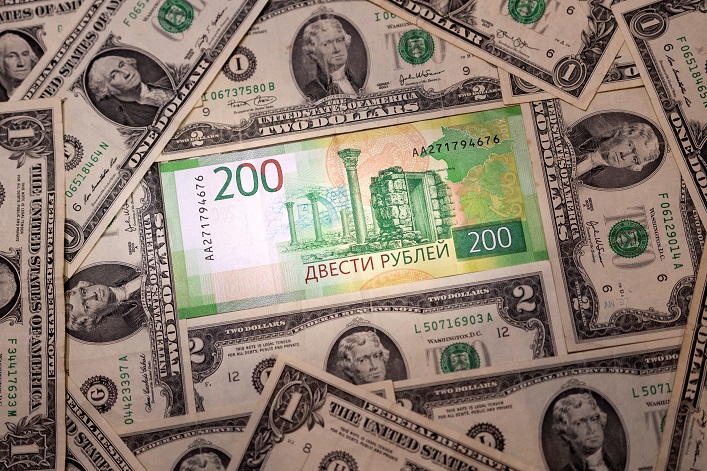The European Central Bank (ECB) cannot confiscate frozen Russian assets, said NBU head Andriy Pyshnyi. As he explained, confiscation requires a consolidated decision and a legal basis.
“It is about the need to form a clear legal platform, and this is where the political decision is crucial. Suppose there is a clear position at the level of the G7 countries. In that case, we can continue to talk about effective methods of dumping risks associated with the impact on the status of the euro as a reserve currency,” he emphasized.
In addition, lawyers will discuss the existence of grounds that must be limited to the format of a politically determined decision.
“The meeting of G7 finance ministers should prepare a positional framework for the G7 summit, which will be held in June. There, a decision will be made regarding the further fate of immovable assets and the possibility of their use by Ukraine. And now the issue of using the income of future periods is being actively discussed. This is a certain financial engineering, which can give Ukraine from $50 to $75B in a 10-year horizon,” Pyshnyi emphasized.
